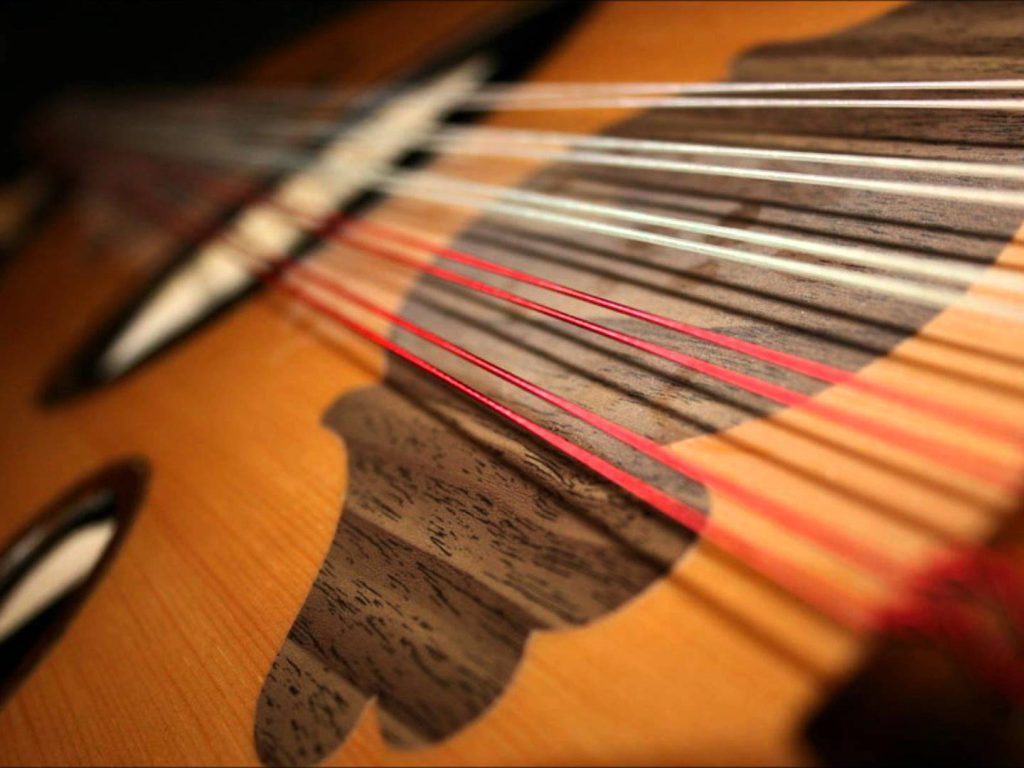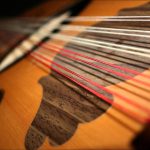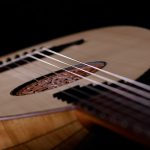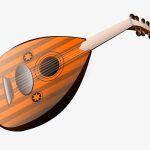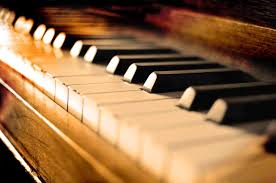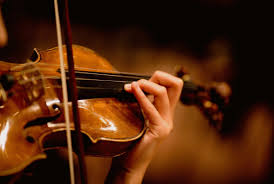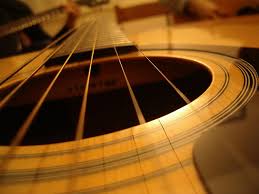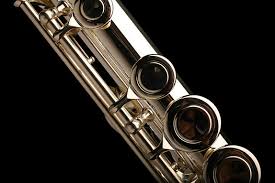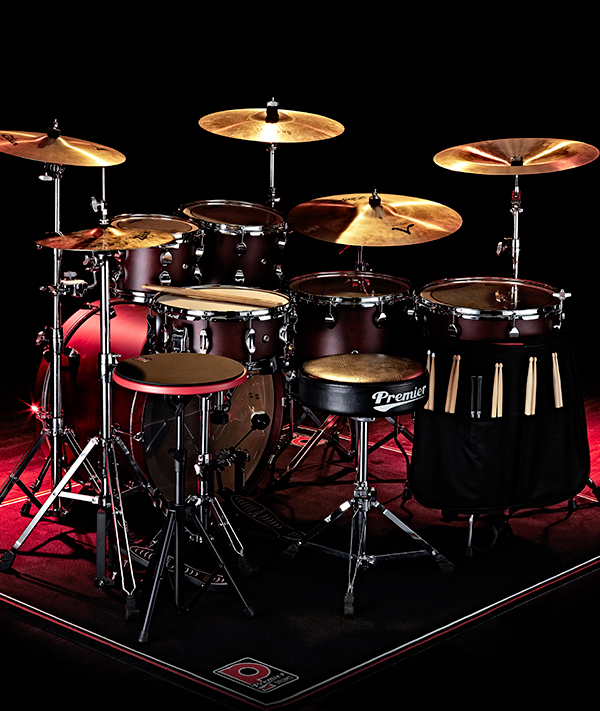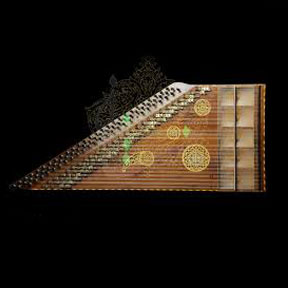The Oud or Barbat
The Oud is one of the most ancient and common stringed instruments in Iranian music. It has a pear-shaped body made from woods like mulberry and ebony, resembling a large bowl with a short neck. The Oud belongs to the family of plucked string instruments and has a total length of about 85 centimeters. This instrument features a relatively large, pear-shaped bowl and a short neck, with 10 to 12 strings.
The surface of the Oud is wooden, which is why Arabs call it “Oud,” meaning “wood” in Arabic. While the Oud has a minor role in Iranian music today, it plays a significant role in Arabic music and is considered one of their primary instruments. When the instrument reached Europe, it was called the “Lute.” The term “Barbat” comes from two Persian words, “Bar” and “Bat,” meaning “duck,” as the instrument resembles a duck with its chest out and a short neck.
The Parts of the Oud
Although the Oud has a minor role in Iranian music today, there are still enthusiasts who appreciate playing ancient instruments. Below is a breakdown of the Oud’s components:
Bowl and Surface
This part of the instrument has a pear-like shape and is divided into two longitudinal sections. It is made of many interconnected wooden strips. The surface of the Oud is made of wood, often spruce, to improve its sound. Small and large circular, bone-like sound holes are placed on the surface to let sound escape. Additionally, the bridge is located at the bottom of this surface.
Braces
Inside the bowl of the Oud, connected to the underside of the surface, there are five horizontal braces that stabilize the surface and prevent deformation.
Bridge and String Holder
The bridge is a small wooden piece about 10 centimeters long, located at the bottom of the bowl. It has shallow grooves to support the strings. In some Ouds, the strings are attached to a string holder at the bottom of the bowl, while in others, the bridge itself acts as the string holder. The strings are tied to holes in the bridge and then stretched toward the tuning pegs.
Neck
The Oud features a short wooden neck, about one-third the length of the bowl, with a diameter of around 10 centimeters. Older Ouds used to have frets on the neck, but this practice has been abandoned in modern designs.
Pegbox
The pegbox, or the headstock, is a hollow compartment located at the end of the neck and tilted slightly backward. This pegbox houses the tuning pegs, usually five on each side.
Nut
The nut is a narrow wooden piece placed between the pegbox and the neck. It has shallow grooves through which the strings pass, maintaining their spacing.
Strings and Materials
The Oud typically has 10 strings, tuned in pairs to produce the same pitch. In some cases, the lowest string is played individually. The strings are traditionally made from sheep gut, silk with a metallic coating, or even nylon, with varying thicknesses.

